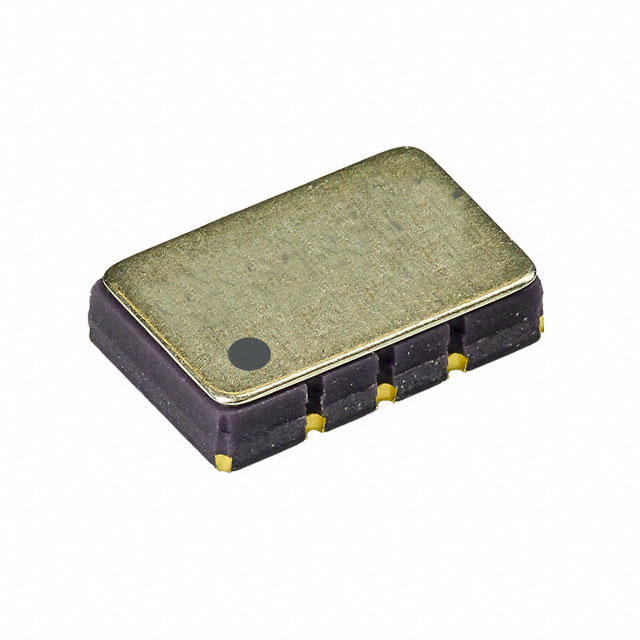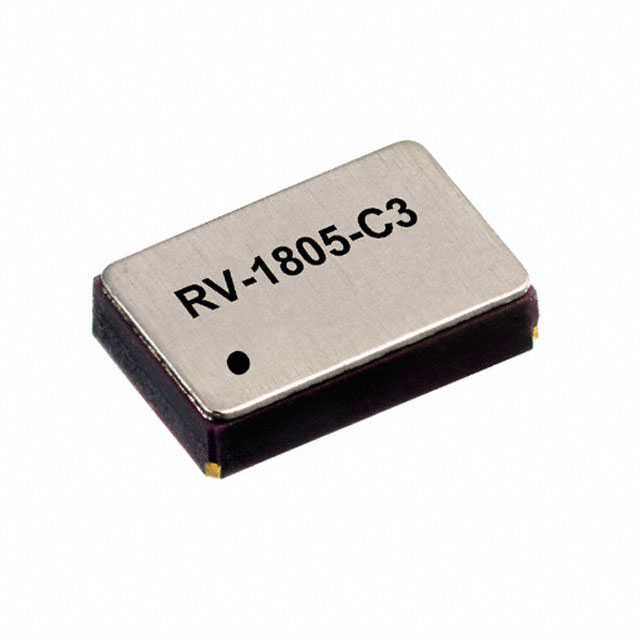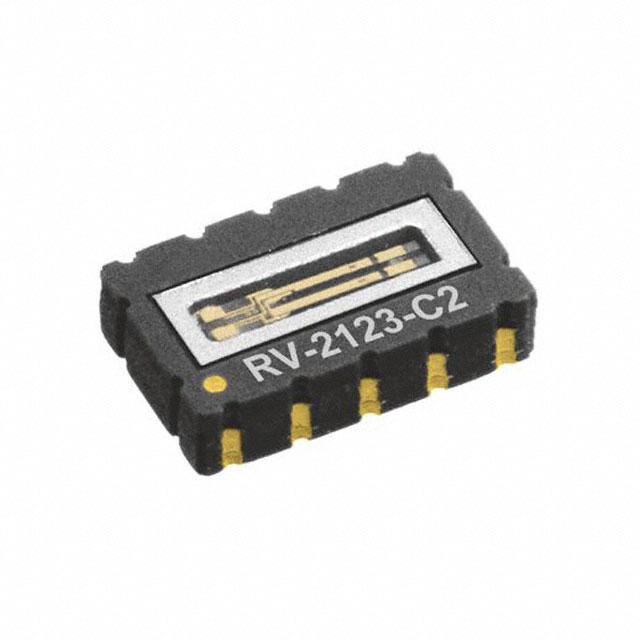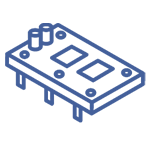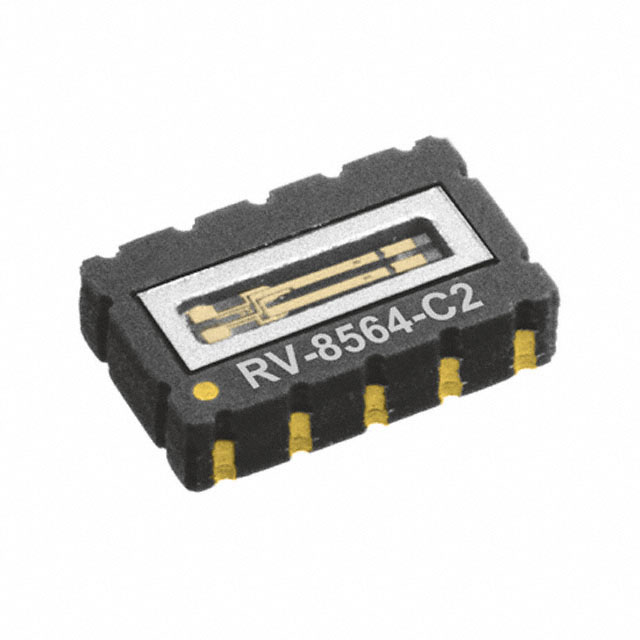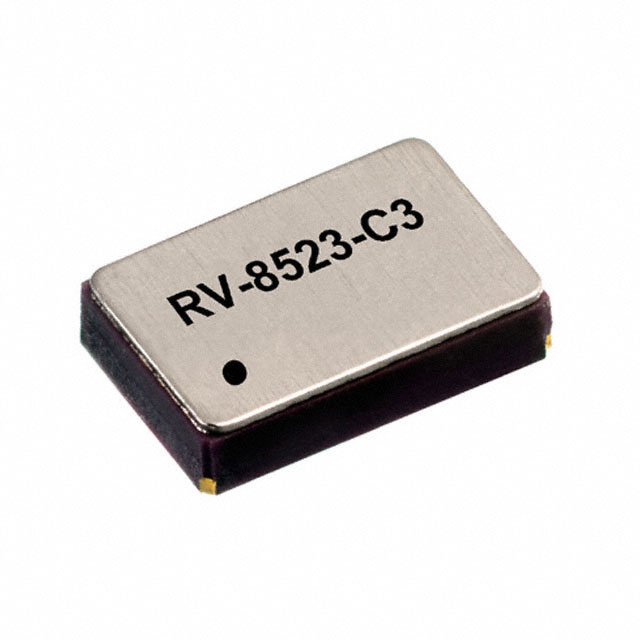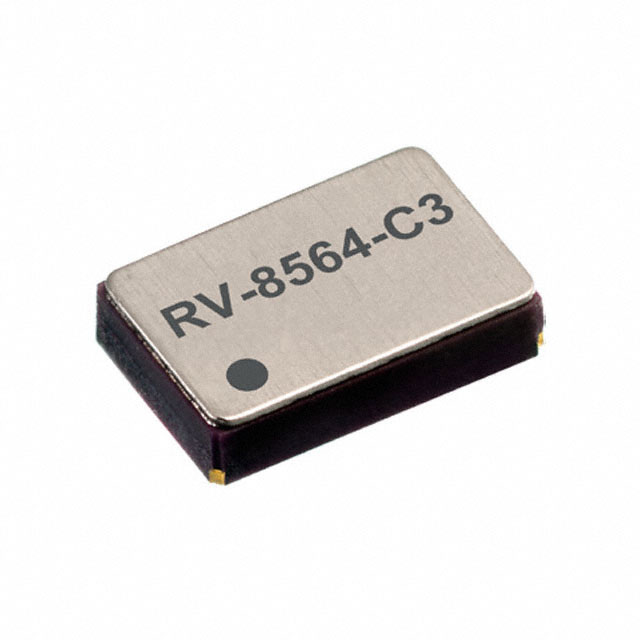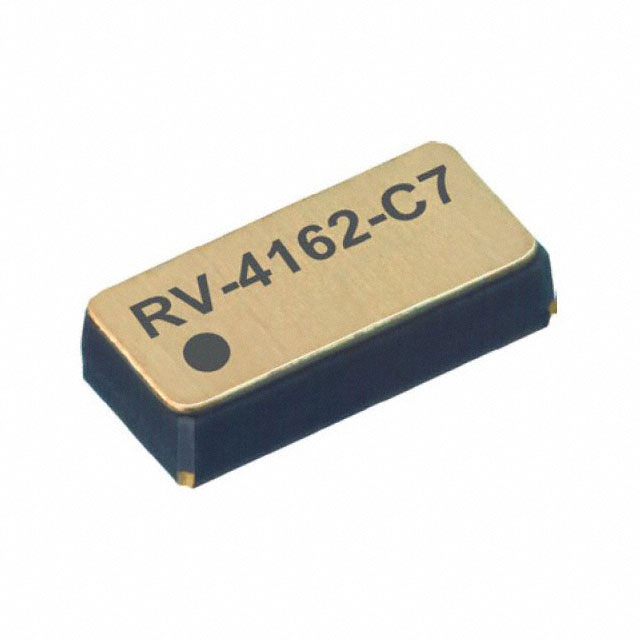Categories
- Real Time Clocks(26)
- 1
- 2
Description of Real Time Clocks
Real-Time Clocks (RTCs) are used in nearly any electronic device that needs to keep accurate time and/or date information. There are various types of RTCs, including binary counters, clock/calendar/supervisors, elapsed time counters, phantom time chips, portable system controllers, temperature recorders, time event recorders, and timer clock peripherals. They come with memory sizes ranging from 2 bytes to 2 megabytes and offer interface options like I2C, Parallel, Serial, SPI, 1-Wire, 2-Wire, 3-Wire, and 4-Wire.
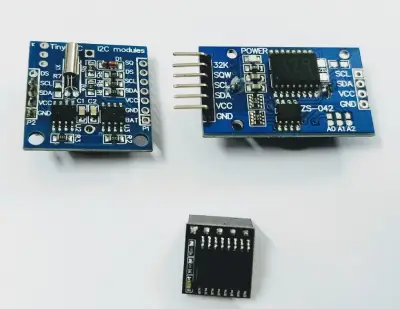
Frequently Asked Questions
Do microcontrollers have a real-time clock?
Many microcontrollers have timer circuits, but only some include a battery-backed real-time clock (RTC). If your application needs an RTC, you can easily add one using a 1-Wire network.
What is the frequency of the RTC clock?
The RTC clock typically runs at 32 kHz. It works by counting this 32-kHz signal. For each hour, there are 3599 fixed-length seconds and one variable-length second. Each second is exactly 32,768 ticks of the 32-kHz clock.
What is the value of the RTC clock?
The RTC component gives accurate time and date information for the system. It updates every second based on a one pulse per second interrupt from a 32.768-kHz crystal. The accuracy of the clock depends on the crystal used and is usually around 20 ppm (parts per million).
What is a real-time clock?
A real-time clock (RTC) is an electronic device, usually an integrated circuit, that keeps track of the passage of time.
What is RTC used for?
An RTC, or real-time clock, is a digital clock that maintains accurate time even when the power is off or the device is in low power mode. It consists of a controller, an oscillator, and an embedded quartz crystal resonator.
What is the difference between RTC and system clock?
The real-time clock (RTC) is a battery-backed clock that keeps time even when the system is shut down. The system clock, also known as the 'system clock/tick' or 'kernel clock,' is managed by the operating system. When the system boots up, it reads the hardware clock to set the system clock.
How does a real-time clock module work?
The RTC module provides accurate time and date information. It updates every second based on a one pulse per second interrupt from a 32.768-kHz crystal. The accuracy of the clock depends on the crystal used and is typically around 20 ppm (parts per million).








